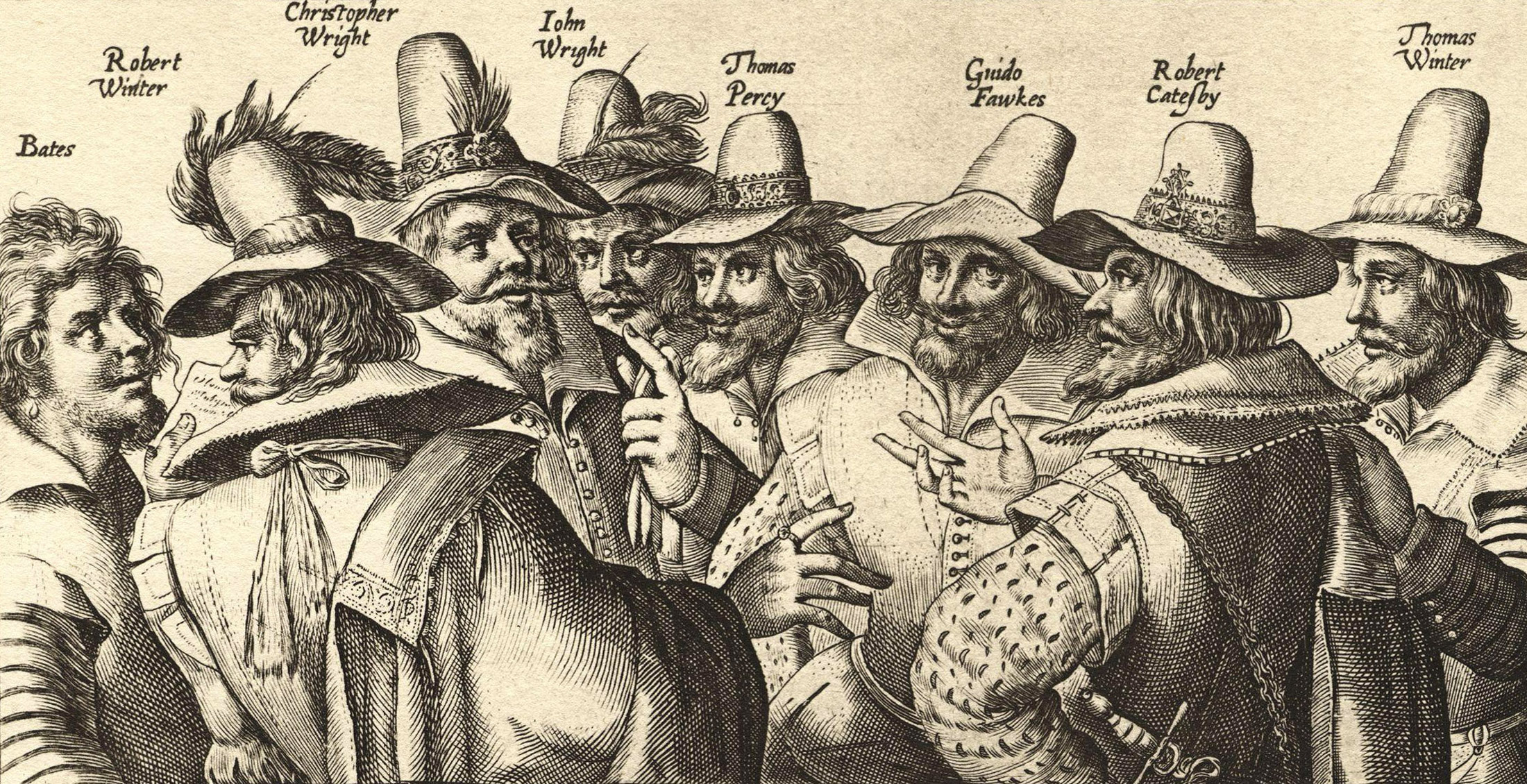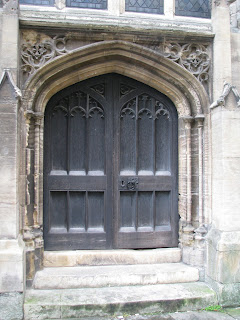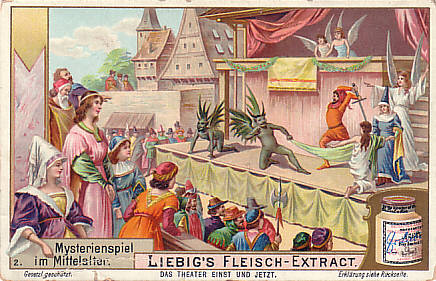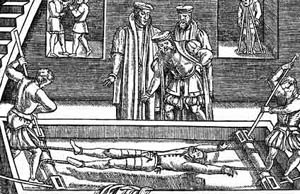 |
| The Gunpowder Plotters, via |
Remember, remember, the fifth of November,
Gunpowder, treason, and plot.
I see no reason
Why gunpowder treason
Should ever be forgot.
These are the first lines of an old English folk ballad commemorating the 1605 Gunpowder Plot, when English Catholics famously tried to blow up the Protestant King James I and the Houses of Parliament. Also famously (or infamously), Guy Fawkes was caught lighting the fuse to the gunpowder, which was the end of the plot and also (eventually, after chase, capture and torture) of Guy (or Guido, as he was also known) and the other Gunpowder Conspirators.
The Protestants were (and continued to be) highly gleeful about the failure of the plot and the conspirators' ignominious ends. The rest of the above rhyme, which dates from the latter half of the nineteenth century, runs
Guy Fawkes and his companions
Did the scheme contrive,
To blow the King and Parliament
All up alive.
Threescore barrels, laid below,
To prove old England's overthrow.
But, by God's providence, him they catch,
With a dark lantern, lighting a match!
A stick and a stage
For King James's sake!
If you won't give me one,
I'll take two,
The better for me,
And the worse for you.
A rope, a rope, to hang the Pope,
A penn'orth of cheese to choke him,
A pint of beer to wash it down,
And a jolly good fire to burn him.
Holloa, boys! holloa, boys! make the bells ring!
Holloa boys! holloa, boys! God save the King!
Hip, hip, hooor-r-r-ray!
via http://www.potw.org/archive/potw405.html
Today most people only remember the first few lines, just as they remember Bonfire Night only for the fireworks, forgetting the bitter political and religious struggles which spawned it.
The last third of Jessie Child's book
God's Traitors: Terror & Faith in Elizabethan England deals with the Gunpowder Plot, a thorough and scrupulous account of the conspiracy from a Catholic perspective. Like the rest of the book, it is fair, just and unsentimental. Well worth a read!
Here is poor old Guy Fawkes laying the gunpowder:
being tortured on the rack:
and finally being hung, drawn and quartered:
Guy Fawkes was from York; he was baptised here in April 1570, in St Michael le Belfrey, which is in High Petergate, right next door to the Minster. Alas, I neglected take a picture of the whole church while I was in York, but here is a very nice one of its doors:
 |
| Was the baby Guy carried through these doors on his way to baptism? |
|
|
Across the street is a row of houses, one of which claims to be his birthplace:
But there are at least two other buildings in York claiming the same thing!













